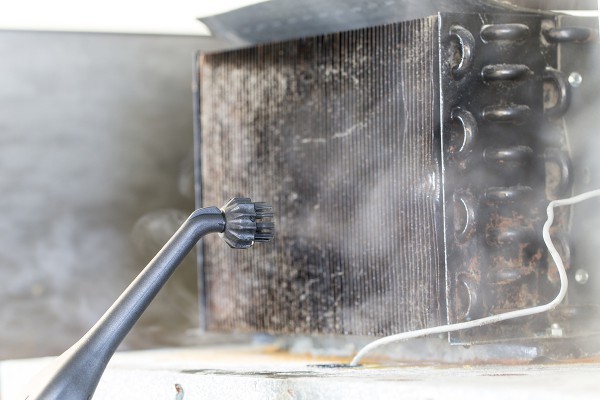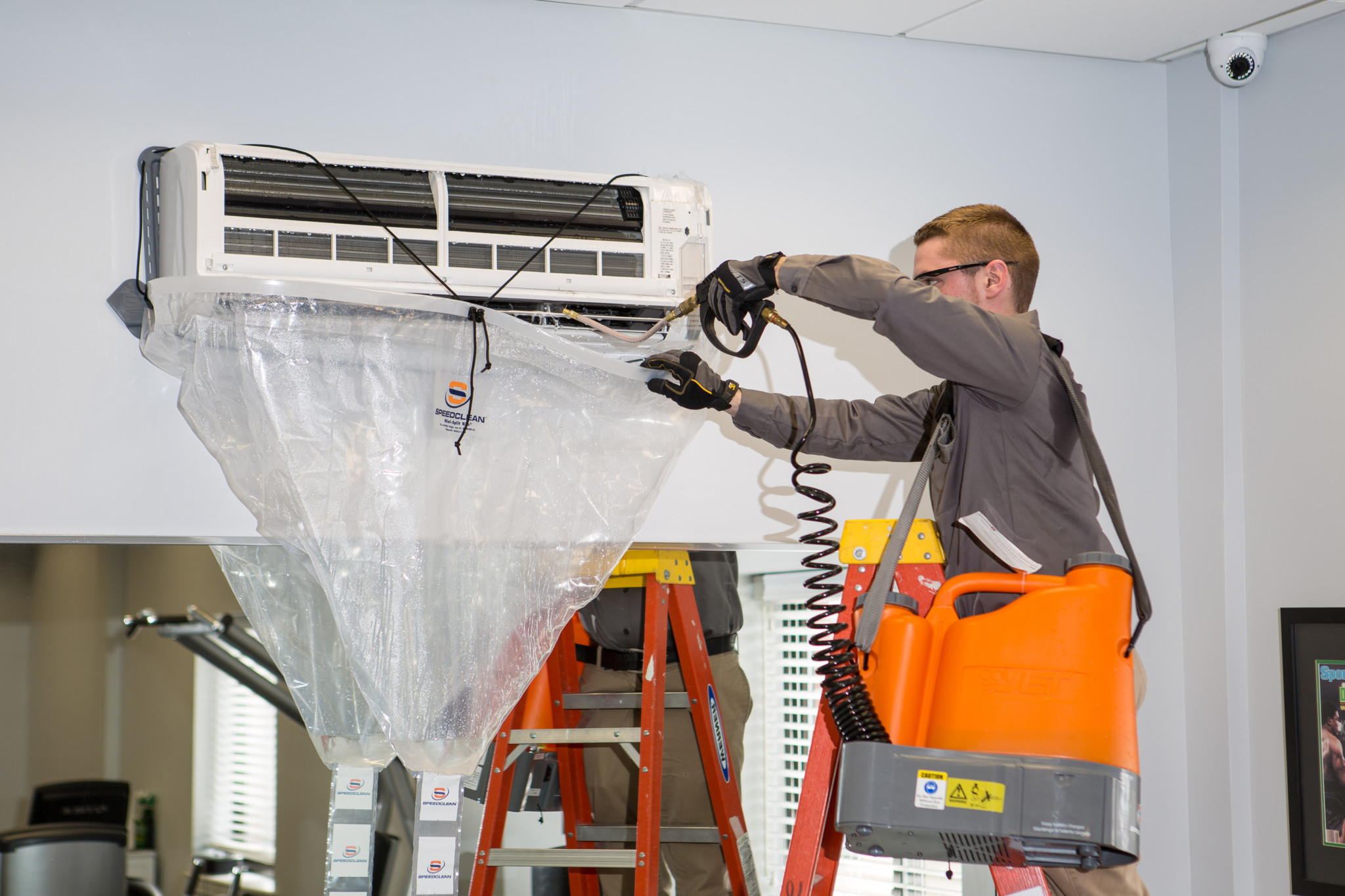The annual ACEEE State Energy Efficiency Scorecard, released last October, ranks states on their energy efficiency. See where your state came in, and get a list of its energy policies, on the Scorecard’s clickable rankings map.
Massachusetts unseated California for the first time to garner the top position, in large part due to its 2008 Green Communities Act, which laid the foundation for greater investment in energy efficiency programs. California takes the #2 spot.
Just behind California, a cluster of top ten regulars – New York, Oregon, Vermont, Washington and Rhode Island – continues to lead the nation in implementing energy efficiency policy across all economic sectors.
The Scorecard credits a key piece of Michigan state legislation, signed into law in 2008 by Governor Jennifer Granholm, with helping put that state at the top of the most-improved list.
Maryland moved up 6 spots to make its first appearance on the top 10. Aggressive energy efficiency goals have helped Marylanders save over $91 million dollars in energy spending since 2009.
Other states that made notable improvement are Illinois, Nebraska, Alabama and Tennessee.
The 5 states most in need of improvement (starting with last place) are: North Dakota, Wyoming, Mississippi, Kansas and Oklahoma.
Here are some of the report’s significant findings:
- Twenty-nine states have adopted, or moved toward adopting, the latest energy-saving building codes – up from twenty in 2010 and ten in 2009.
- Twenty-four states have adopted an Energy Efficiency Resource Standard (EERS), which sets long-term energy savings targets. Early adopters of EERS policies have made significant moves forward in the Scorecard rankings.
- Many states are working on reducing barriers to deploying combined heat and power (CHP) systems. CHP still has tremendous unrealized energy-saving potential in states with heavy industrial and manufacturing bases.






Leave A Comment